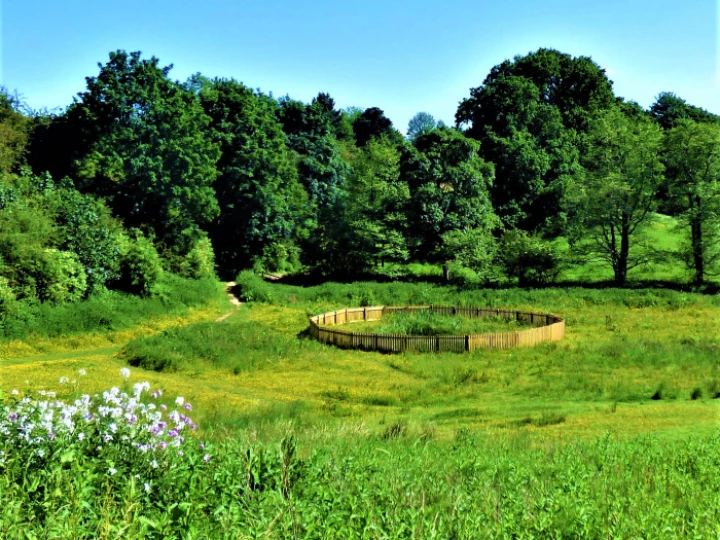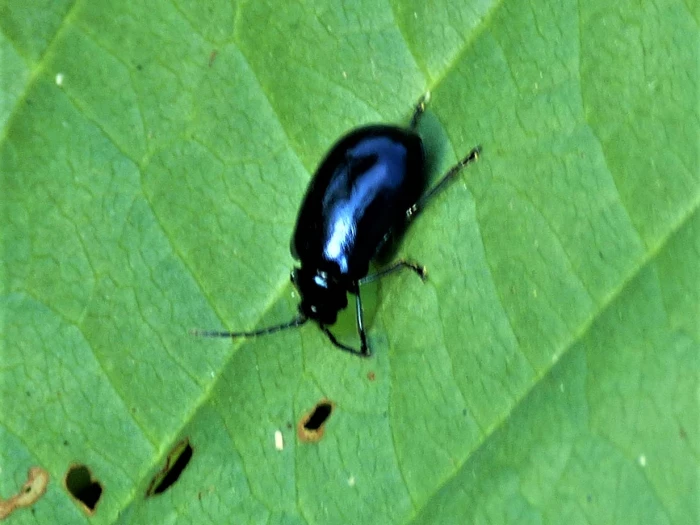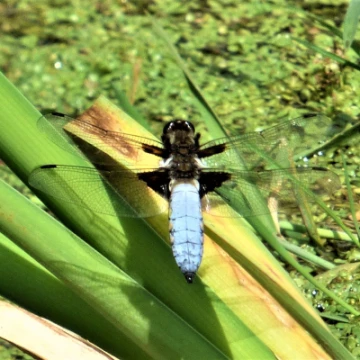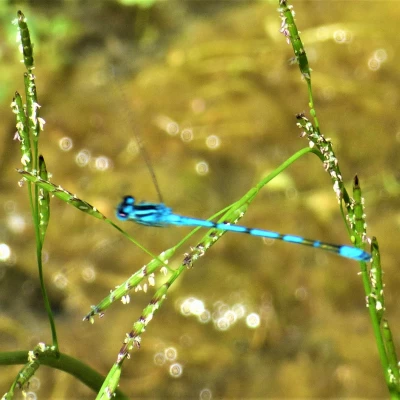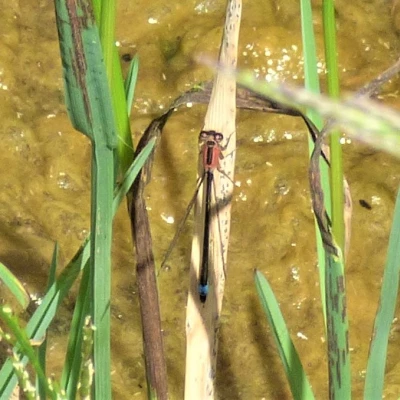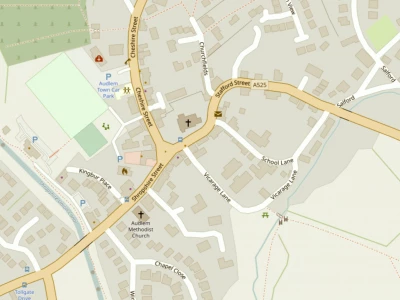
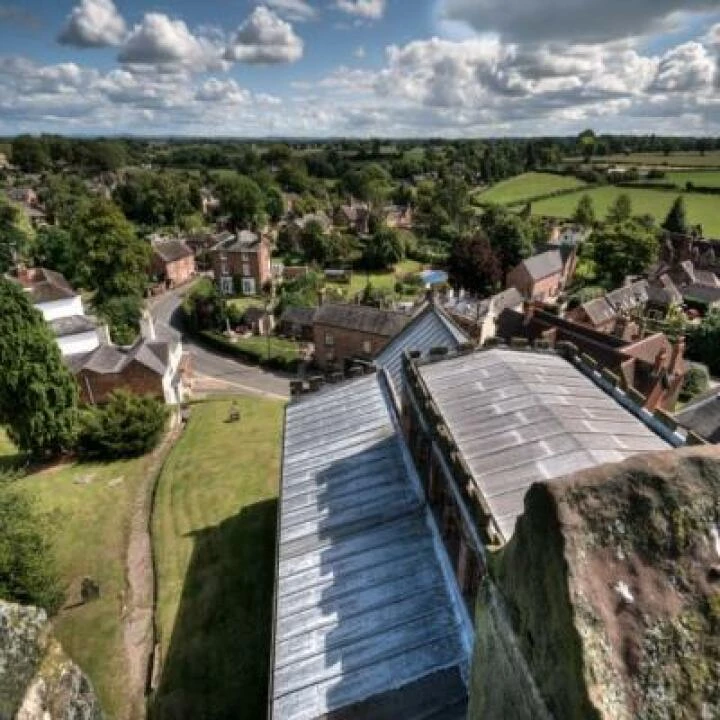
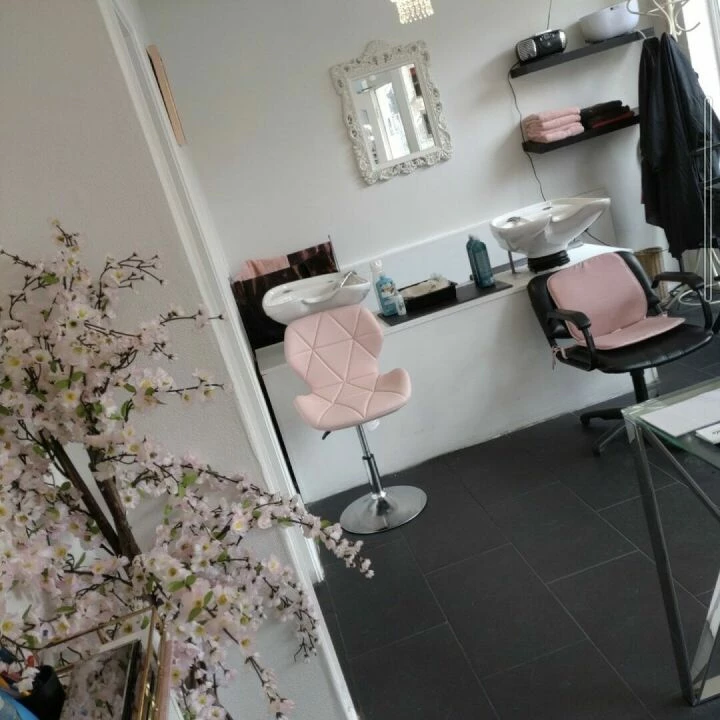
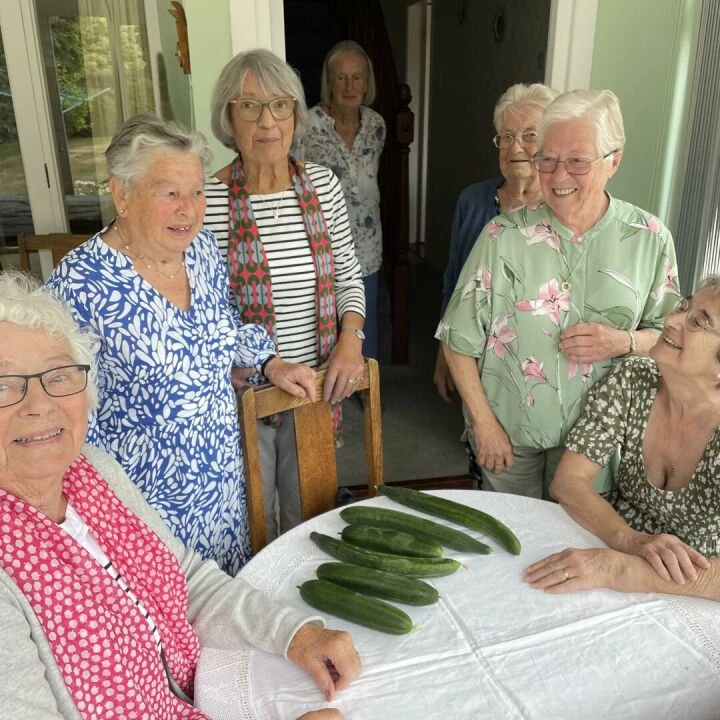
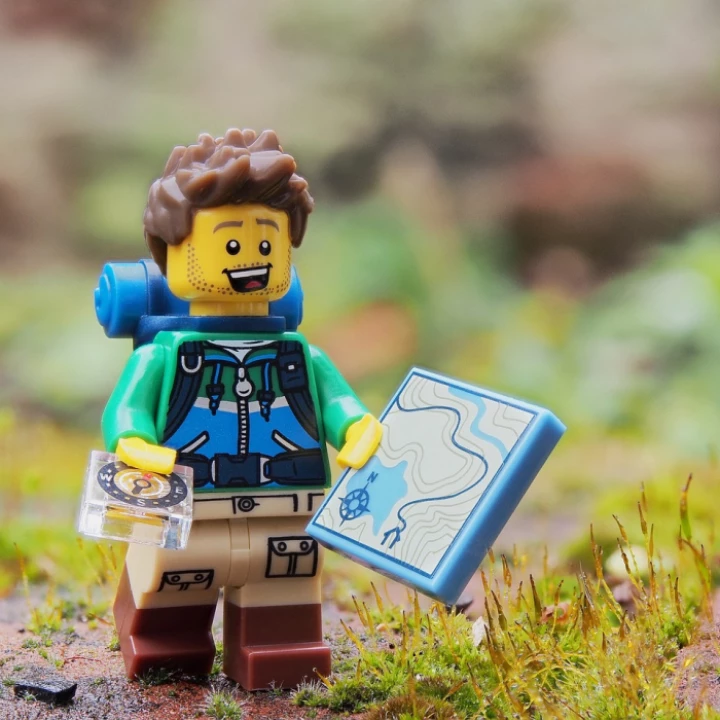
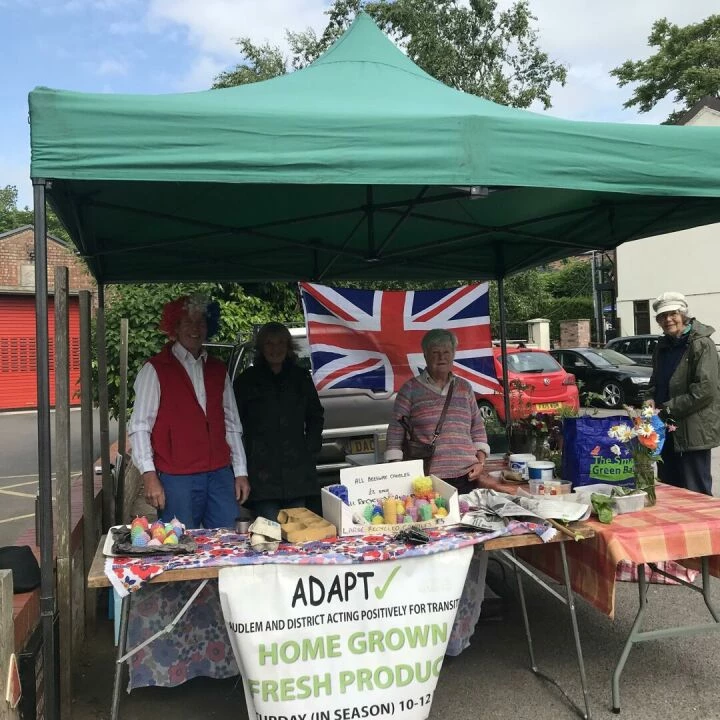
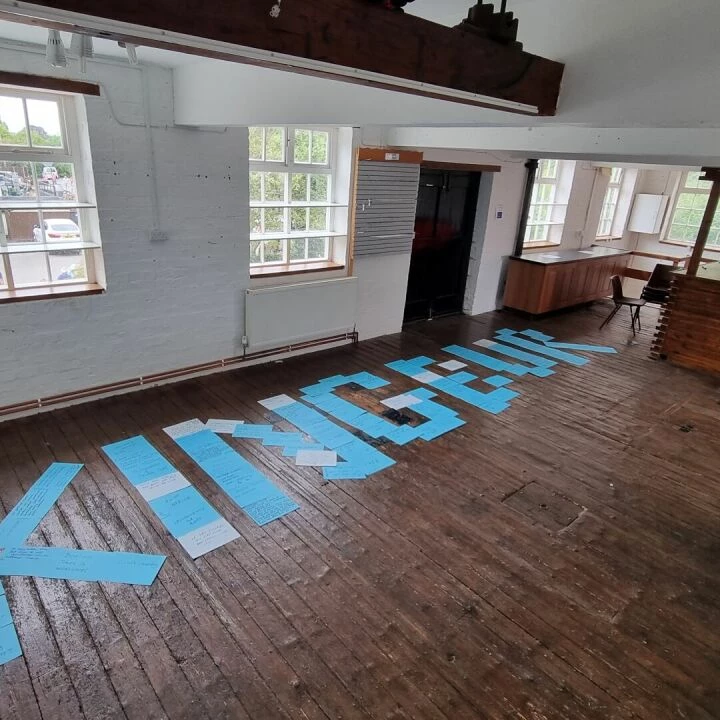
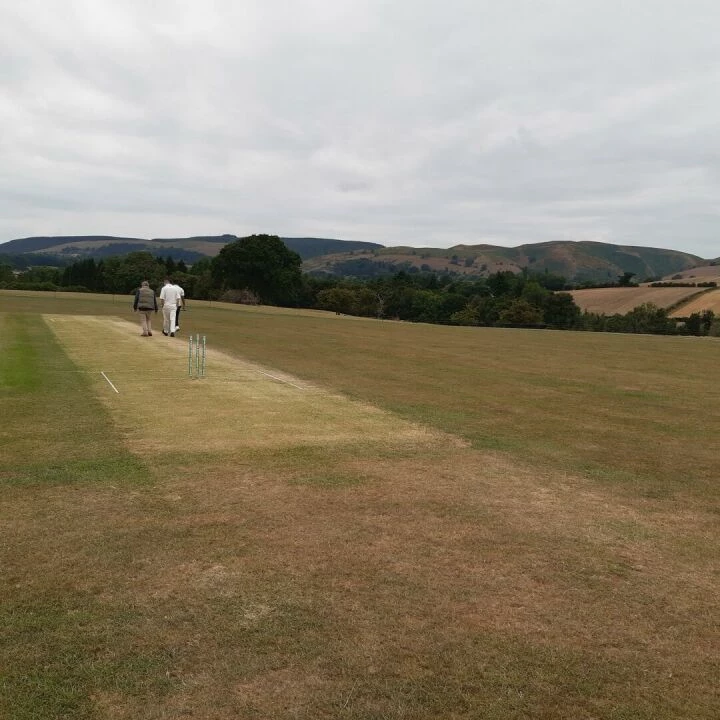
Barley Bale, Bugs and Dragonfly
No, I am not writing about a firm of solicitors!
There is in fact a connection between the three which relate to our wildlife gem we call Turnpike Fields. My focus is that corner of the top field that is at the bottom of the slope. The most obvious feature is the pond. Dug in February last year it has been allowed to naturally mature. By the summer last year vegetation was beginning to grow and the first creatures inhabited it, including water beetles and water boatmen.
However as the year progressed a bloom of algae began to cover the surface, This made it not only a bit yucky but over time have the effect of de-oxygenating the water and hinder the nature balance of the life in the water.
The cause of this algae was nutrients from the field above seeping down and feeding the algae. In its previous life the field had been "improved" by the addition of fertilizers to provide better pasture land. In the long term we now know how this can disrupt the natural chemical nature of the soil and has a knock-on effect particularly seen in water courses.
To counteract this growth of algae there has been a natural remedy promoted which garden pond owners will know – it is barley straw. The effective use of barley straw has not yet been firmly establish. However there is enough anecdotal evidence to make it a now popular remedy. The sceptics are right that the science has not been fully explored as to how barley straw effects the algae. One explanation is that decomposing barley straw gives off hydrogen peroxide which kills the algae. But it seems much more complex that this and goes back to the fact that all livings things react to each other through chemicals that are given off and then detected.
These chemicals are generally recognised by "smell". Yes, even plants can "smell" – not like us but through receptors which react to different chemical "smells". This enables them to sniff out a "bad guy", either bacteria or animal, and go into defensive mode, it also gives off warning chemical "smells" to neighbouring leaves on the plant or other similar plants.
We can see this epic being played out on the forest of alder saplings just below the pond. A few weeks ago these were covered with Alder Leaf Beetles, Agelastica alni. Looking now, although many leaves are still full of holes, there are much few beetles present and the surrounding leaves are fresh and unaffected.
This type of interplay has been replicated in the laboratory with many plants, each having it own unique chemical smells. Similarly plants give off chemical smells to entice the "good guys" like pollinators.
This is a fascinating world that we have only just begun to perceive but one of course in which we as humans are a part. It has been shown that our presence is registered by plants through chemical signals even our shadow passing over a plant. Since so much rests on the delicate balance of natural chemicals we should be very wary of introducing chemicals to solve our difficulties .
Nature has its known way but probably not to our time scale. Incidentally if you talk to your plants to encourage them to thrive, you are sharing in a chemical process of breathing carbon dioxide at them and hence feeding them. If hugging a tree make you feel good, the tree is "breathing" out pheromones which create good feelings in our brains.
So we wait to see if the barley straw we have put in the pond has an effect. Meanwhile, life goes on in and around the pond. It is home for a pair of Broad-bodied Chaser Dragonflies, Libellula depressa. The male has a blue body and the female a brown. This species is often the first to colonise a new pond so it is being true to form as a pair have also been seen in the pond in the second field. They feed on small insects such as midges.
Look out for three species of delicate damselflies, the Large Red, Pyrrhosoma nymphula (with "fire"red body), Common Blue, Enallagma cyathigerum, (with blue body and black blobs), and the Blue Tailed, Ischnura elegans (with obvious blue end ).
Barley Bale, Bugs and Dragonfly,
Worlds of wonder around us lie;
In symbiotic balance with each other,
To find if we are foe or brother.
So knock softly at nature's door,
We know not mysteries yet to explore.
Get In Touch
AudlemOnline is powered by our active community.
Please send us your news and views using the button below:
Email: editor@audlem.org

